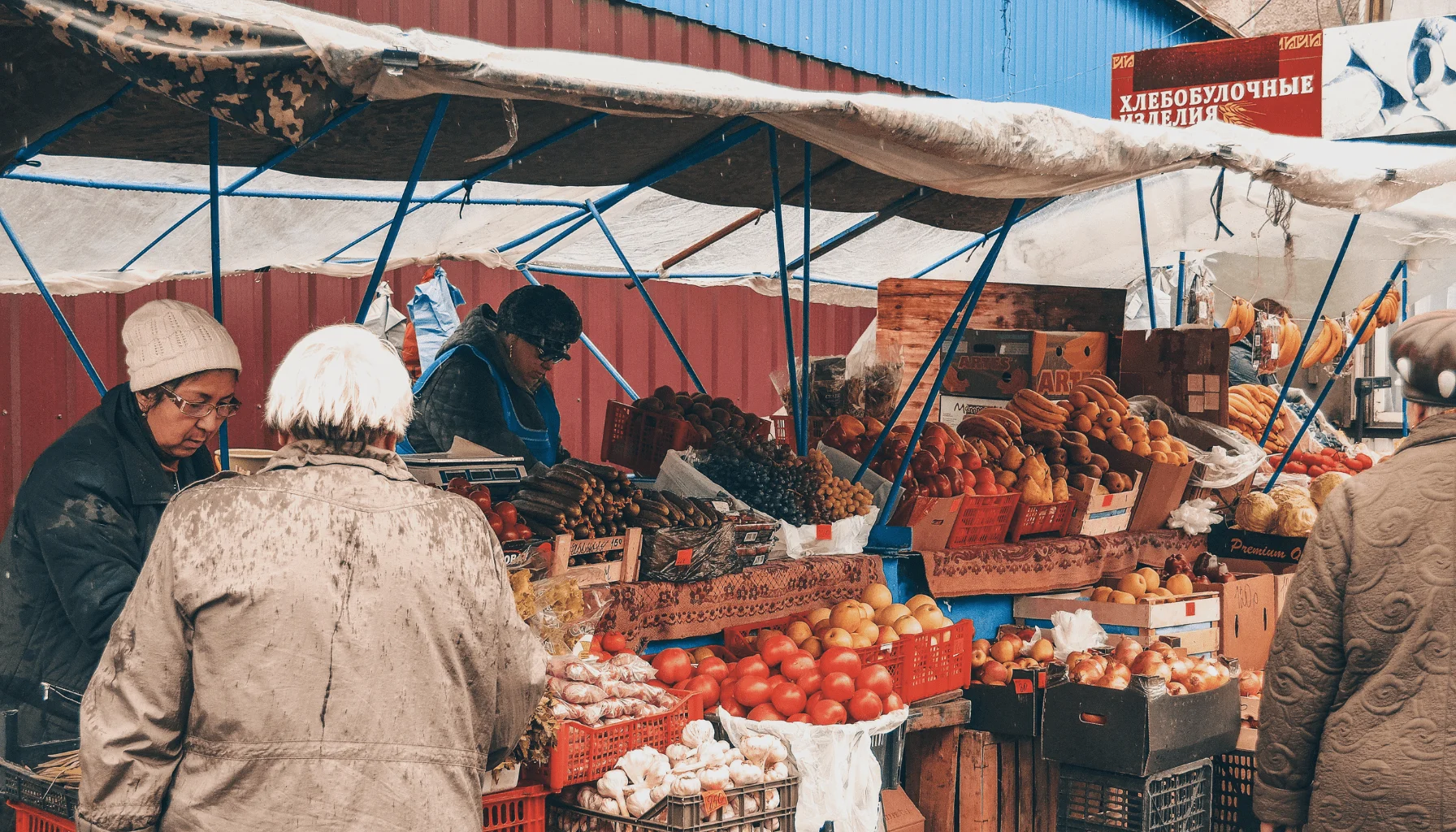Exploring local food is like opening a treasure chest filled with history, culture, and flavor. Every region has its own culinary story, told through recipes passed down through generations, unique ingredients, and distinctive cooking techniques. Whether you’re traveling for adventure or relaxation, indulging in local dishes enriches your journey. At Hudhud Trip, we believe that food is an essential part of travel. Let’s take a closer look at how local food can transform your travel experience.
The Heart of Local Cuisine
Local cuisine is more than just sustenance; it’s a narrative of the people, their traditions, and the environment. Every bite reflects the region’s geography, climate, and historical influences. From spicy stews in the Mediterranean to subtle, herb-infused dishes in Asia, the local flavors are a direct line to the heart of the culture.
One of the joys of traveling is discovering these unique tastes firsthand. When you sample the street food of a bustling city or dine in a family-owned restaurant, you become part of the story. The culinary arts are an authentic expression of local identity, preserving time-honored traditions that have evolved over centuries.
The Journey Through Flavors
Discovering Regional Ingredients
The diversity in local food often begins with the ingredients. Regions blessed with rich soil and a temperate climate offer fresh produce that is hard to replicate elsewhere. For instance, the olive groves of the Mediterranean yield not just oil but a spectrum of flavors that influence many dishes. Similarly, the spice markets of Asia provide vibrant flavors that define the local cuisines.
Understanding the ingredients helps you appreciate the balance and innovation in each dish. A dish made from locally sourced produce is often a product of its environment—a true representation of the land’s bounty.
Traditional Cooking Methods
Traditional cooking methods are equally fascinating. Many cultures use time-tested techniques such as slow cooking, smoking, and fermentation to enhance flavor and preserve food. These methods are more than just cooking techniques; they are rituals that connect generations.
Take, for example, the art of fermentation. In many parts of the world, from Korea’s kimchi to Germany’s sauerkraut, fermentation not only preserves food but also imparts a distinct tang and complexity. This practice, rooted in necessity long before the advent of modern refrigeration, has become a celebrated art form and a testament to human ingenuity.
The Role of Storytelling
Food and storytelling go hand in hand. Every dish has a story—a moment, a celebration, or a memory that gives it depth and meaning. Local recipes are often shared among family and friends, making them a living part of the cultural heritage.
When traveling, ask locals about the history of their favorite dishes. These stories can reveal fascinating insights into regional traditions and provide context that makes your dining experience even richer.

The Modern Traveler’s Guide to Local Food
For modern travelers, the digital age offers endless opportunities to explore local cuisine even before stepping off the plane. Blogs and travel guides are treasure troves of information on where to find the best local meals, hidden culinary gems, and traditional food markets.
For instance, if you’re intrigued by the culinary landscapes of Europe, you might enjoy reading about Must-Try Local Meals in Italy & France. This blog delves into the signature dishes that define these regions, providing tips on where to experience authentic flavors.
Similarly, if your taste buds are curious about the world of spices, check out From Asia to the Americas: The Spices That Shape Regional Cuisines. This guide explores how spices are used to create distinctive profiles that vary from one region to another, offering a sensory map of global cuisine.
And for those who appreciate the vibrant culture of street food, Taste the Tradition: Exploring Authentic Local Food and Street Eats is a must-read. It captures the essence of local dining experiences, from bustling night markets to charming roadside eateries, all brimming with authentic flavor.
How Local Food Enhances Your Travel Experience
Immersion in Culture
One of the most rewarding aspects of traveling is the ability to immerse yourself in a new culture. Local food is a powerful medium for cultural exchange. By sharing a meal with local residents, you engage in a form of storytelling that transcends language barriers.
Dining in local establishments provides an opportunity to observe daily life and participate in community rituals. Whether it’s a communal family dinner or a festive celebration, these moments create memories that last a lifetime.
Health Benefits and Sustainability
Local food is often fresher and healthier. Seasonal produce, prepared using traditional methods, tends to be more nutritious compared to mass-produced alternatives. Moreover, supporting local food markets and restaurants contributes to sustainable tourism practices.
When you choose to eat locally, you’re not just enjoying a meal; you’re supporting local farmers, preserving culinary traditions, and promoting a more sustainable travel model. This synergy between tourism and local agriculture fosters a healthy ecosystem that benefits both visitors and residents.
Culinary Adventures Off the Beaten Path
Local food offers a sense of adventure that goes beyond typical tourist experiences. Instead of dining at chain restaurants, venturing into local neighborhoods reveals unexpected culinary delights. These off-the-beaten-path experiences are often the most memorable parts of your trip.
For example, a hidden family-owned bistro might serve recipes that have been passed down for generations, providing an authentic taste that you simply cannot replicate elsewhere. Such discoveries add a unique dimension to your travel narrative and connect you to the soul of the destination.

Tips for a Successful Local Food Experience
- Do Your Research: Before you travel, spend some time researching the local food scene. Look up blogs, watch food documentaries, and ask for recommendations on travel forums. These resources will guide you to the best local dining spots.
- Embrace the Unknown: Don’t be afraid to try something new. Whether it’s a dish you’ve never heard of or a local delicacy that challenges your palate, stepping out of your comfort zone can lead to delightful surprises.
- Engage with Locals: Conversations with locals can reveal hidden gems. Ask for their favorite places to eat, and you might discover a market or restaurant that isn’t listed in any guidebook.
- Attend Food Festivals: Local food festivals are a fantastic way to sample a variety of dishes in one setting. These events celebrate regional specialties and often feature live demonstrations, providing an immersive culinary experience.
- Take a Food Tour: Many cities offer guided food tours that provide insights into the history and culture behind each dish. These tours often include visits to markets, street food stalls, and local eateries, giving you a comprehensive view of the local cuisine.
Bringing It All Together
Exploring local food is an integral part of the travel experience. It’s a journey through flavors, traditions, and stories that define each destination. At Hudhud Trip, we understand that travel is about embracing the culture in all its forms, including its culinary delights.
By indulging in local food, you not only satiate your hunger but also immerse yourself in a community’s way of life. From the rustic charm of countryside kitchens to the vibrant energy of urban street food, every meal is an opportunity to connect with the heart and soul of a place.
Whether you’re planning your next vacation or simply looking to broaden your culinary horizons, let the local flavors guide your journey. Dive into the rich tapestry of regional cuisines, explore hidden culinary gems, and let every bite be a story worth sharing.


